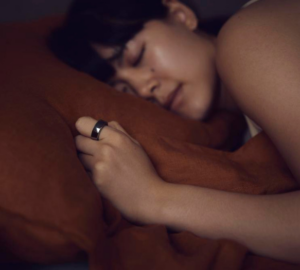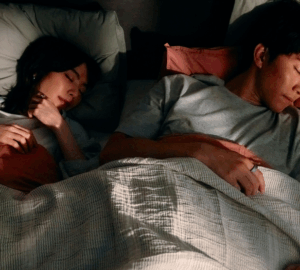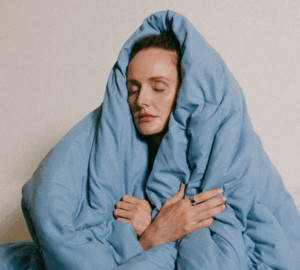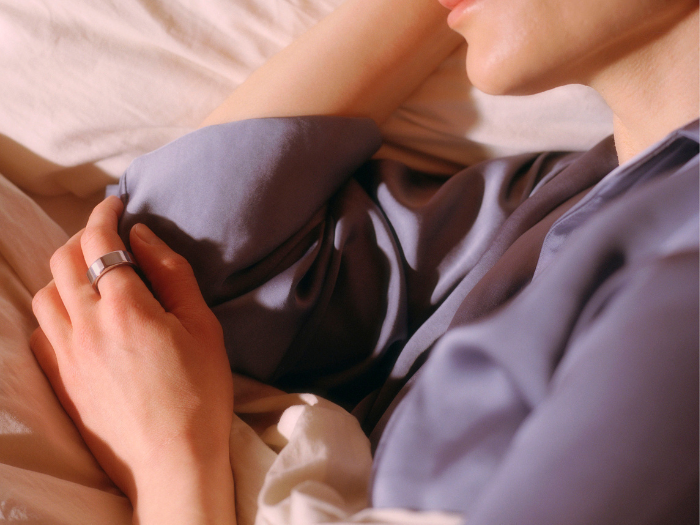Sleep apnea, a common condition that causes you to stop and start breathing during sleep, affects roughly 30% of Americans. However, up to 80% of moderate and severe cases of obstructive sleep apnea may go undiagnosed, so the amount of people affected by sleep apnea might be even higher.
Curious if you may be affected by sleep apnea? If you’re an Oura member, the blood oxygen sensing (SpO2) and breathing regularity features may help indicate whether you’re just a heavy snorer or if it’s a sign of something more serious that you should discuss with a health professional. This is because sleep apnea can lead to inadequate oxygen levels throughout the night, thereby affecting your blood oxygen levels.
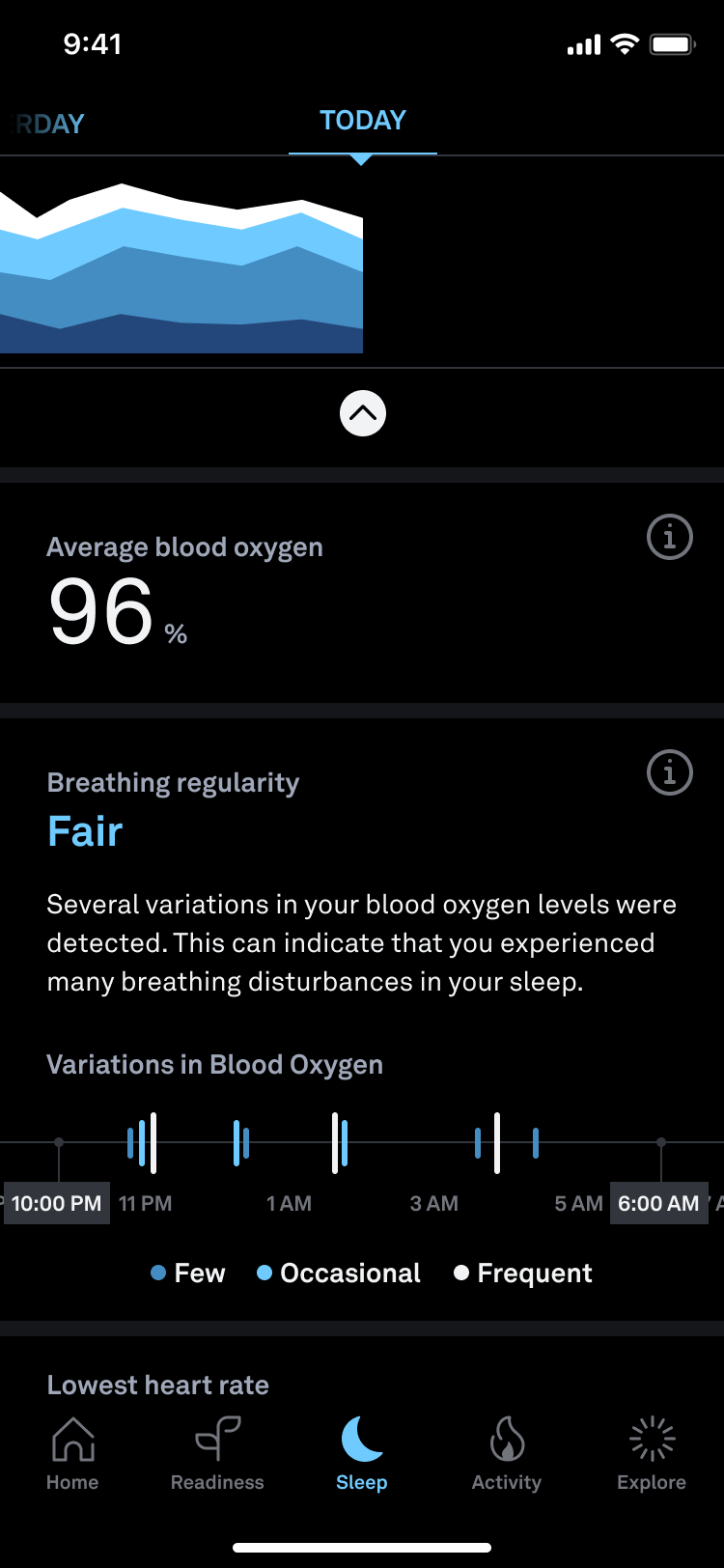
Typically, healthy blood oxygen levels are between 95% and 100%, but check with your healthcare provider to confirm what ranges are healthy for you. You can also consult the metrics found in your Sleep Score to gain valuable insights into your sleep cycles and identify any anomalies that may indicate a sleep disorder.
Despite the prevalence of sleep apnea, there is an alarming amount of misinformation surrounding the condition. Below, uncover the truth behind six common sleep apnea myths and acquiring knowledge about effective sleep management.
6 Sleep Apnea Myths
Myth #1: Sleep Apnea Only Affects Overweight People
While obesity is a major risk factor for developing sleep apnea, the condition can occur in people of all sizes. That said, in cases of overweight individuals, the fat deposits can narrow the airways in the respiratory tract, leading to a decrease in muscle activity. The relaxed tissue can collapse and block the airways and, consequently, cause obstructive sleep apnea (OSA).
It’s worth noting that being overweight is just one of the factors that can induce sleep apnea, so if you are overweight, you’re not guaranteed to develop the condition. Other risk factors include:
- Smoking
- Drinking alcohol
- Older age
- Asthma
- Gender (for example, men are three times as likely to have sleep apnea than premenopausal women)
RELATED: The Surprising Link Between Menopause and Sleep Apnea
Myth #2: Sleep Apnea Is Just Harmless Snoring
Snoring is often associated with sleep apnea. But because it’s often presented comically in media, it’s to not take it seriously. This, combined with how common it is, makes a lot of people brush off this condition without thinking about its link to sleep apnea.
Unlike occasional snoring, which is usually harmless, frequent snoring can be a sign of an underlying sleeping breathing disorder like sleep apnea. If left untreated, sleep apnea can raise the risk of developing other health problems, including high blood pressure, heart disease, and stroke.
In addition to your Sleep Score, your Readiness Score may also indicate whether your snoring is impacting your quality of life.
RELATED: Can You Snore With Your Mouth Closed? How Mouth Tape Impacts Snoring
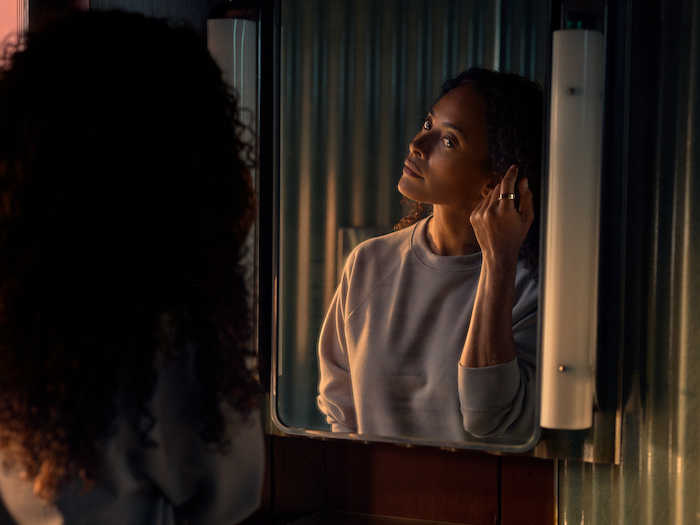
Myth #3: Sleep Apnea Only Affects Older Adults
While the risk of sleep apnea increases with age, it can develop in people in all stages of life, including children. It’s dangerous to assume that sleep apnea only affects older adults because this can prevent younger people from recognizing symptoms and seeking treatment. Younger people may experience the following sleep apnea symptoms:
- Snoring
- Excessive daytime sleepiness
- Difficulty concentrating
However, they may assume these are due to other causes, such as stress or a busy lifestyle. But the longer sleep apnea goes unnoticed, the more damage it can do, so it’s critical for everyone, regardless of age, to be on the lookout for any changes in sleep quality.
Myth #4: Sleep Apnea Only Affects Loud Snorers
Loud snoring is one of the biggest signs of sleep apnea, but not everyone who snores loudly has sleep apnea, and vice versa. Some people with sleep apnea make soft, infrequent snoring sounds, while others have loud, disruptive snoring.
Sleep apnea can present itself in different ways, so staying tuned to your body and being aware of any changes is key. Aside from snoring, it’s also a good idea to look out for:
- Waking up repeatedly in the night
- Mood changes
- Feeling tired when waking up
- Night sweats
- Headaches
- Waking up feeling short of breath
If you don’t sleep next to someone, it’s difficult to recognize whether you are experiencing disordered sleeping. Keeping track of the above list can make identifying abnormalities in your sleeping patterns easier.
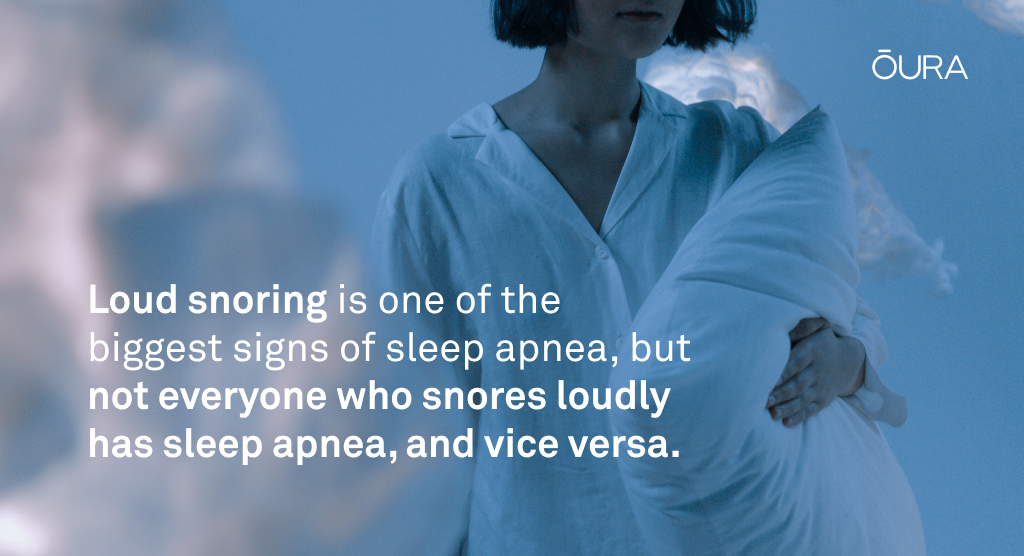
Myth #5: Sleep Apnea Is Only a “Sleep” Problem
Sleep apnea doesn’t just cause sleep problems. One of the most dangerous consequences is the impact it can have on cardiovascular health. Because of the frequent interruptions in breathing during sleep, oxygen levels in the blood can drop, resulting in health problems such as hypertension, coronary artery disease, heart failure, and stroke.
Research has also linked sleep apnea to an increased risk of developing type 2 diabetes, depression, and anxiety disorders. Aside from these conditions, sleep apnea can impact your daily life. The lack of restorative sleep can lead to issues like daytime sleepiness, fatigue, irritability, and difficulty concentrating, all of which make it difficult to complete daily tasks.
Managing multiple conditions due to undiagnosed sleep apnea can be exhausting and have a huge impact on your quality of life. This is why it’s important to recognize that sleep apnea doesn’t just affect sleep.
READ MORE: Can Oura Ring Help Predict Symptoms of Depression & Anxiety?
Myth #6: Surgery Will Cure Sleep Apnea
While surgery can be a life-changing treatment for many people suffering from sleep apnea, it’s not a guaranteed cure. Surgery includes removing the tonsils and any excess tissue from the soft palate and throat to widen the airways. This is an option for mild to moderate cases of obstructive sleep apnea and when a CPAP machine isn’t the right option.
The underlying causes of sleep apnea vary from person to person, meaning there is no one-size-fits-all solution. While some people will experience significant improvement in symptoms after surgery, others may not experience any improvement at all.
It’s also essential to consider the potential risks and complications of any surgery. The procedure typically requires general anesthesia and an overnight stay in the hospital, so it may not be a suitable option for people with certain health conditions. In this case, alternative sleep apnea treatment options include:
- Sleep medicine
- Dentistry mouthpieces or oral appliances
- CPAP masks
- Weight management programs
Your healthcare provider can advise on what kind of treatment is best for you, so always be sure to consult a professional. While finding the right solution can be a long process, it’s worth the patience to ensure you get it right.
Oura members can use Tags to help them monitor how certain actions and choices impact their wellness. This can be particularly useful as you try out various treatment options to help alleviate your sleep apnea symptoms.
READ MORE: What Makes the Oura Ring Different?
The Oura Ring is not a medical device and is not intended to diagnose, treat, cure, monitor, or prevent medical conditions or illnesses.







